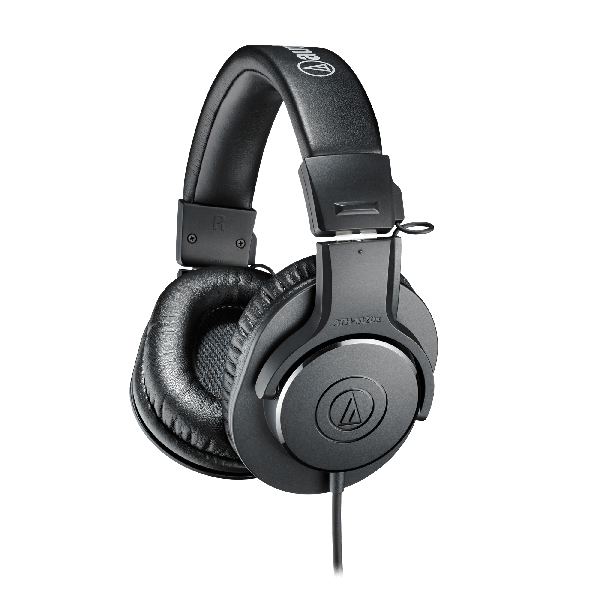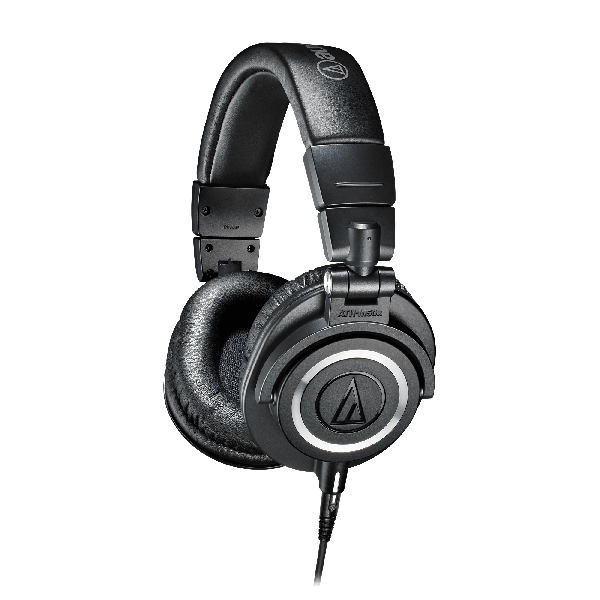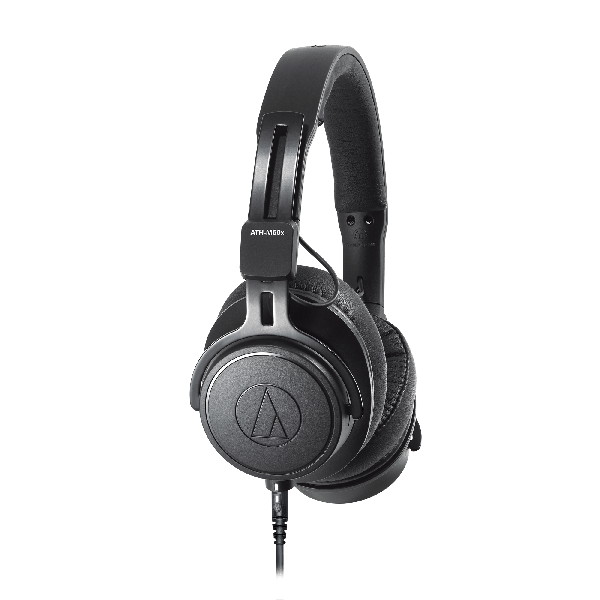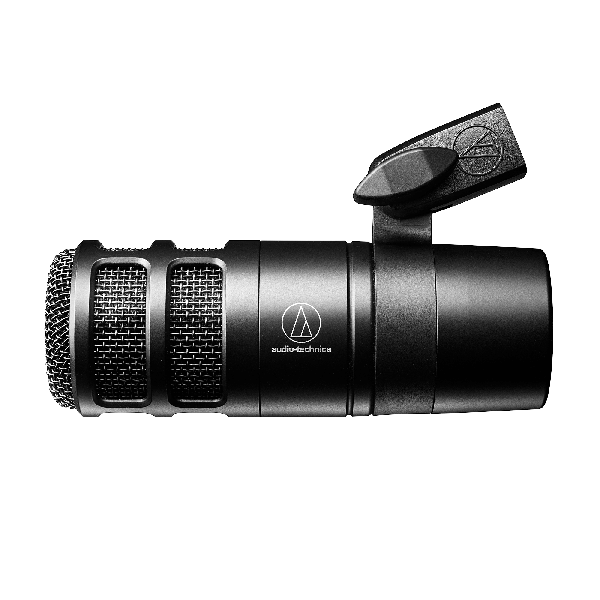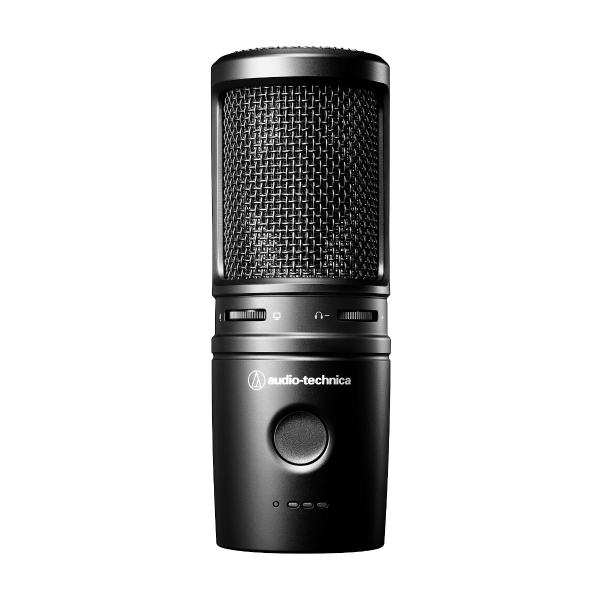Twitch streamer and sound editor Gemma Stack has an audience that not only listens to her work but interacts with it as well. From inside jokes with the Twitch community to editing sound on a Disney+ Original Series, Gemma has found her niche in this industry.
Tell us about how you started as a sound engineer and editor and why you wanted to get involved in this industry.
While in Year 12, we were asked to look into courses to apply for. I knew I wanted to do something with music as it was something I always enjoyed and wanted to pursue. However, while working at the cinema, my interest in the field grew. One night at work, I remember a friend talking about studying Film and Television. During the final months, I popped in a preference to study Film and Digital Media and got accepted. I had an absolute blast learning various practices throughout the course. All the students got excited about getting their hands on a camera. Being the introvert I was, I didn't really want to push in. But when the sound recording kits came out, I decided to put my hand up and start practising with the kits. Having had a background in music made things fall naturally into place.
For those unfamiliar with what sound editors and engineers do, can you let everyone know what a typical day on the job involves?
A Sound Editor creates and manipulates sounds to fit the visual story on the screen. This can be for Film, Television, Animations, Shorts and/or Games. A Sound Engineer focuses on the technical side, such as the quality of recordings and sound production. As a freelancer, I dabble in a little bit of both.
In the morning, we meet with the director and watch the project we are working on without any sound to discuss and pitch ideas of how they want things to sound for the project. Throughout the day, we source material and note what needs to be recorded. We may also start looking at sound effects that we have previously made that would fit the project. From there, we begin syncing those sound effects to the project and playing creatively with other plugins to enhance those sounds.
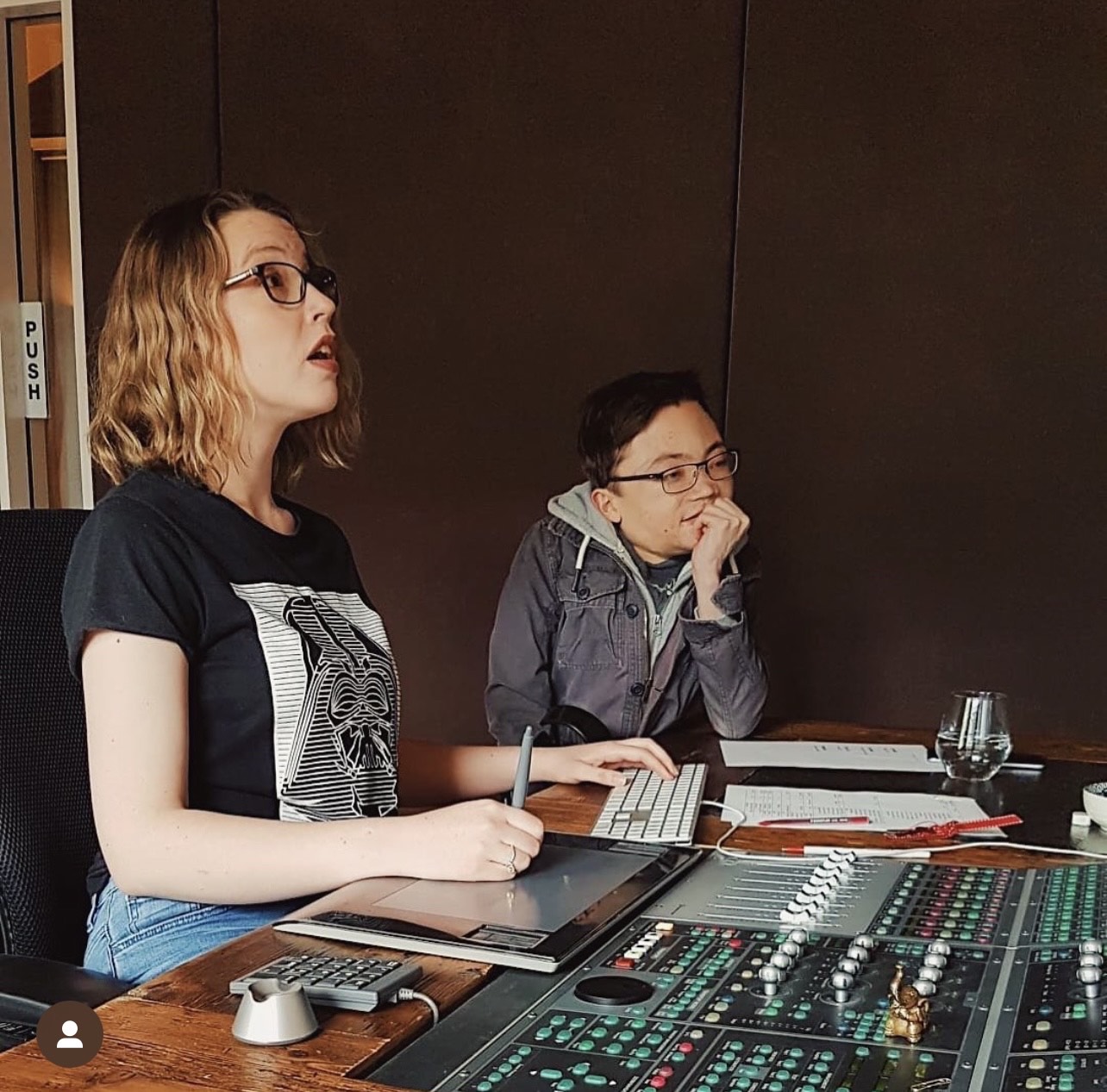
You recently shared on the Audio-Technica Discord that you worked as a sound editor on the TV mini Series, The Clearing – Can you tell us what it was like working on that project?
Working on The Clearing was a very special experience as I got to work alongside my mentor in Sound Editing, David Williams, and some of the biggest names in sound post-production. I was in awe watching how they discussed sounds that could enhance the series. They wanted to portray our Australian soundscape in a raw and natural way. This made editing sound effects for the vehicles a treat!
You are familiar with both sides of entertainment – professionally in studios and on sets, but also in the comfort of your home. What made you want to give streaming a go?
I wanted to start streaming with my mini sound setup to practice and apply my sound skills to different platforms. Twitch has been a wonderful way to connect, elevate and push my creativity in various ways. Since streaming, I've practised different ways of applying my skills to various programs, from Pro Pools to OBS, to the Adobe Suite.
When I was studying, friends and mentors kept pushing the idea of having a social media platform as a digital diary to showcase the projects that I had been working on. However, since then, I've found that I'm learning and growing on a deep, personal level.
Your time on set and in the industry has meant you get to use various equipment. What were your go-to pieces of kit when you first started, and has there been anything you've recently used that you felt you must have?
The first thing I bring everywhere is Monitor headphones! They're a core resource and a definite must in any kit! No matter if I'm home, in the studio, or on set. I want to make sure I have a clear balance of sound with no bias. I have the ATH-M20x as my streaming pair at home and the ATH-M60x in the studio.
I really like having microphones that can be the perfect all-rounder and reliable for multiple things. The AT2040 is a great dynamic microphone at home as it has a smooth, warm sound that helps reduce room noise. This mic has helped me so much with recording sound effects, music and general dialogue while streaming live, making it much easier to cut and edit sounds.
Creating content away from the setting of a professional studio or set adds many new variables that can mess with your recording. How do you achieve the best audio quality at home, and what is your current setup?
I've found that no matter where you go, you want to hear everything as crystal clear as possible without bias. You also want to have pieces that you know you can rely on. Throughout my studies and internships, my mentors have always recommended Audio-Technica. During my stream, 'I'm trying to listen and monitor my levels through my Audio-Technica headphones. I also have my AT2040 microphone plugged in and monitored through my audio interface, which I mix with my DAW.
What have you got going on at the moment? What are you up to next?
I would love to tell you about some top-secret projects, but you just have to keep your eyes peeled! At the moment, I've been focusing on Freelancing for both film and television and hanging out on Twitch.
![]()
Follow Gemma Stack
Twitch
Threads
TikTok
YouTube
See previous Creators of the Month:
Creator of the Month - Isaac Pimenta
Creator of the Month – Gingersnaps67
Creator of the Month – Shaun Sunday
Creator of the Month – trinketsorceress
Creator of the Month – RyanBetson
